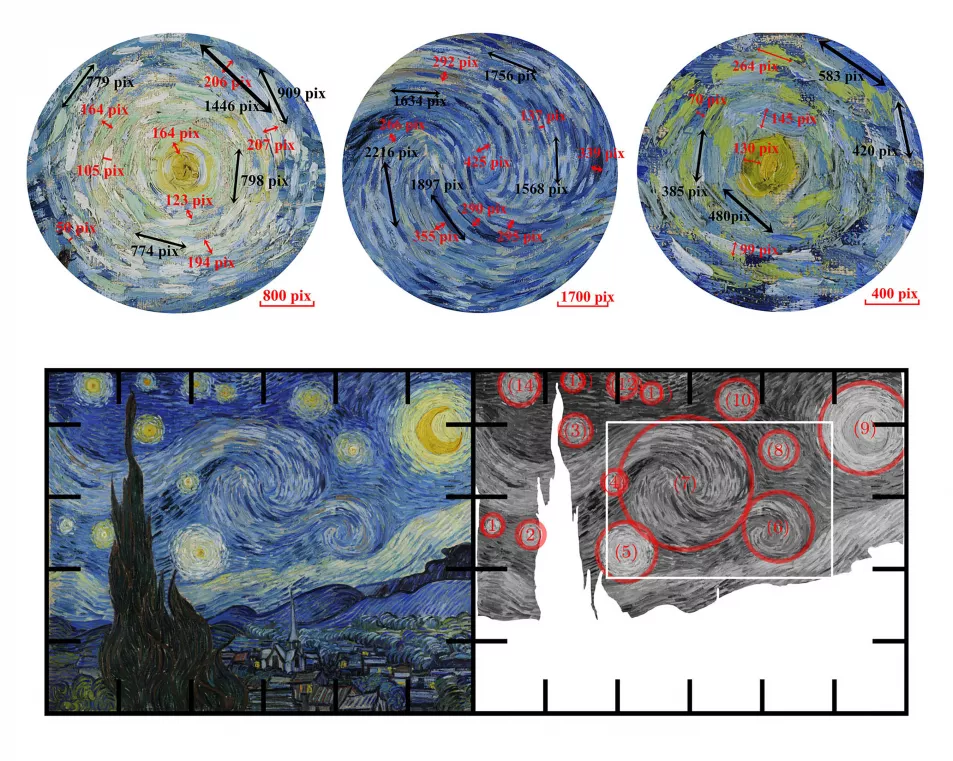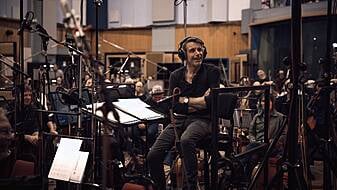The whirling shapes in Vincent van Gogh’s painting The Starry Night closely resemble real turbulence, as seen in swirling water or smoke from a chimney, according to scientists.
Researchers said the Dutch master’s work “reveals a deep and intuitive understanding of natural phenomena”, which he may have learned by “studying the movement of clouds and the atmosphere”.
Van Gogh created the famous artwork in 1889 while he was staying at an asylum near Saint-Remy-de-Provence in southern France.
The oil canvas features a night sky with roiling blue swirls, a glowing crescent moon, and stars represented as radiating orbs.

It also has two cypress trees that dominate the foreground on the left while a village sits in the distance on the lower right.
Analysing the brushstrokes on the painting using high-resolution digital images, a team of physicists found that Van Gogh’s works closely mimicked the natural air flow in turbulence.
Yongxiang Huang, of the State Key Laboratory of Marine Environmental Science & College of Ocean and Earth Sciences at Xiamen University in China, said: “It reveals a deep and intuitive understanding of natural phenomena.
“Van Gogh’s precise representation of turbulence might be from studying the movement of clouds and the atmosphere or an innate sense of how to capture the dynamism of the sky.”
While turbulence is most commonly associated with storms and wind movement that causes planes suddenly start to shake mid air, it can also be observed in everyday phenomena, from smoke billowing from a chimney and fast flowing rivers to suction vacuum cleaners and water boiling in a kettle.
When air or water experiences turbulence, it creates large swirling movements known as eddies.
These eddies progressively break down into smaller ones, transferring energy until, eventually, the motion dissipates.
Scientists wanted to find out if the swirls depicted by Van Gogh closely aligned with some of the existing theories about turbulence flow.
The team analysed the brushstrokes in 14 main whirling shapes in the painting as well as the distance between these swirls.
They viewed the brushstrokes in the painting as real leaves swirling in a funnel of wind while the representation of light in the glowing moon and stars was used as a stand-in for the measuring the intensity of energy transfer between eddies.
Using computer modelling, the team found that the whirling shapes followed a distinct pattern of structures seen in turbulent fluids.
The researchers said this pattern aligned with a theory in physics known as Kolmogorov’s law, which predicts how the energy in turbulent eddies is distributed across different sizes.
The team also examined the gleaming light-like reflections in the painting and discovered it closely aligned with another theory in physics known as Batchelor’s scaling, which describes the smallest fluctuations in turbulence before it dissipates.
Writing in the journal Physics of Fluids, the authors said: “Vincent van Gogh, as one of the most notable post-impressionist painters, had a very careful observation of turbulent flows: he was able to reproduce not only the size of whirls/eddies, but also their relative distance and intensity in his painting.”







